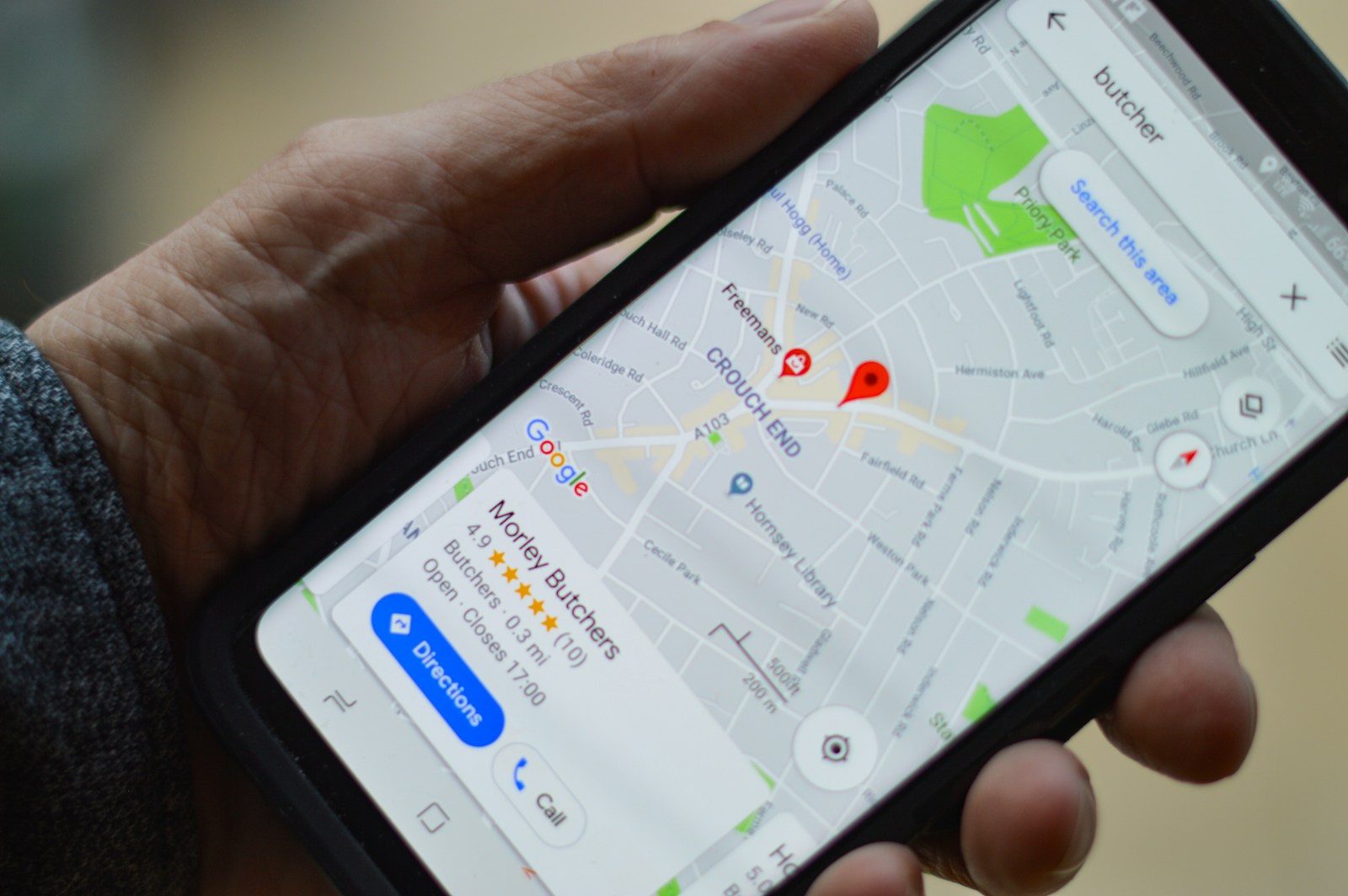Google Maps vs. Apple Maps: Who Won?
The cartographers of the world don’t know your name. They never will. Yet we navigate steadily through highways, coffee shops, and mountains because someone outlined it for us. Much like the maternity nurse who helped deliver Marie Curie or Esperanza Spaulding, the people behind our tools don’t have to reinvent genius; they simply need to show up and hone their craft.
The battle between Google Maps and Apple Maps has always been less about who can build the better app and more about persistence. Users adopt a tool that works–that’s the baseline. But good tools evolve symbiotically with us. The question isn’t who built the better tool, but which one persists in helping us navigate our symbiotic relationship with technology.
Humble Beginnings
In 2012, Apple Maps arrived on the scene inauspiciously. Critics called it half-baked, littered with inaccuracies, misplaced landmarks, and baffling routes. It couldn’t even find its own way out of the shadows cast by Google Maps, a then-decade-old powerhouse that had already become indispensable to millions of users.
Google Maps, on the other hand, emerged like the first explorer chiseling the globe into coherence. By 2012, it was already well ahead in both scale and refinement, powered by years of meticulous data collection, partnerships, and the raw processing power of Google’s backend systems.
The Technology Divide
Apple Maps’ initial failure was a clear signal of how complicated maps really are. Great tech requires more than just clean design and smooth animations. It takes relentless data acquisition, AI refinement, and user feedback loops to ensure accuracy down to the millimeter. Google Maps, driven by Google’s obsession with data, was streets ahead in all these areas. It not only understood where you were but could predict where you might want to go.
Yet, Apple Maps didn’t just lie in the ditch of 2012 criticism. Over the years, Apple used its financial strength, strategic vision, and commitment to privacy-focused experiences to slowly close the gaps. By 2023, the once lagging service could finally stand eye to eye with its competitor in many areas, particularly aesthetics, ease of use, and privacy protections.
Privacy: A Key Differentiator
While Google Maps is deeply integrated with Google’s vast advertising machine, customizing your feed and mining your location history for ad insights, Apple Maps made a bold stand for privacy. Apple ensured that location data stayed on the device rather than being stored in the cloud, and user data was anonymized wherever possible. For users wary of Big Tech surveillance, this became a crucial selling point for Apple Maps.
Features Battleground
Navigation Quality
Ask ten people, and half will swear by Google Maps’ consistently reliable directions and real-time updates. The app excels in live traffic rerouting, offering unparalleled transit integration. On the flip side, Apple Maps has aggressively improved navigation for walking and cycling, adding features like detailed 3D city views and even augmented reality (AR) directions.
Search Accuracy
Search is where Google Maps remains an unchallenged heavyweight. Powered by years of algorithm development and Google’s integration across its search products, it can track down businesses, restaurants, and landmarks with impressive accuracy. Apple Maps, though narrowing the gap, is still playing catch-up when it comes to search comprehensiveness.
Design and Aesthetics
Apple Maps undeniably has an edge in design. Its smooth animations, cleaner map layouts, and clever attention to detail feel polished and purposeful. It prioritizes user experience in every pixel. Meanwhile, Google Maps, though functional and feature-packed, can sometimes feel cluttered, a reflection of its commitment to utility.
The Road Ahead
Neither Apple nor Google thinks this battle is over. Apple Maps is heavily investing in augmented reality and rich immersive experiences, aiming to define what navigation feels like in the post-smartphone era. Google Maps, meanwhile, continues leveraging its massive data advantage to refine services like Google Earth and integrate its tools into autonomous vehicles and smart glasses.
Kevin Kelly famously described technology as a new species, something that evolves symbiotically with humanity. Maps have evolved too, from primitive sketches on parchment to complex digital ecosystems. But they’re not perfect yet. They don’t need to be. They need someone committed to the possibility of making us just a little less lost.
“`
